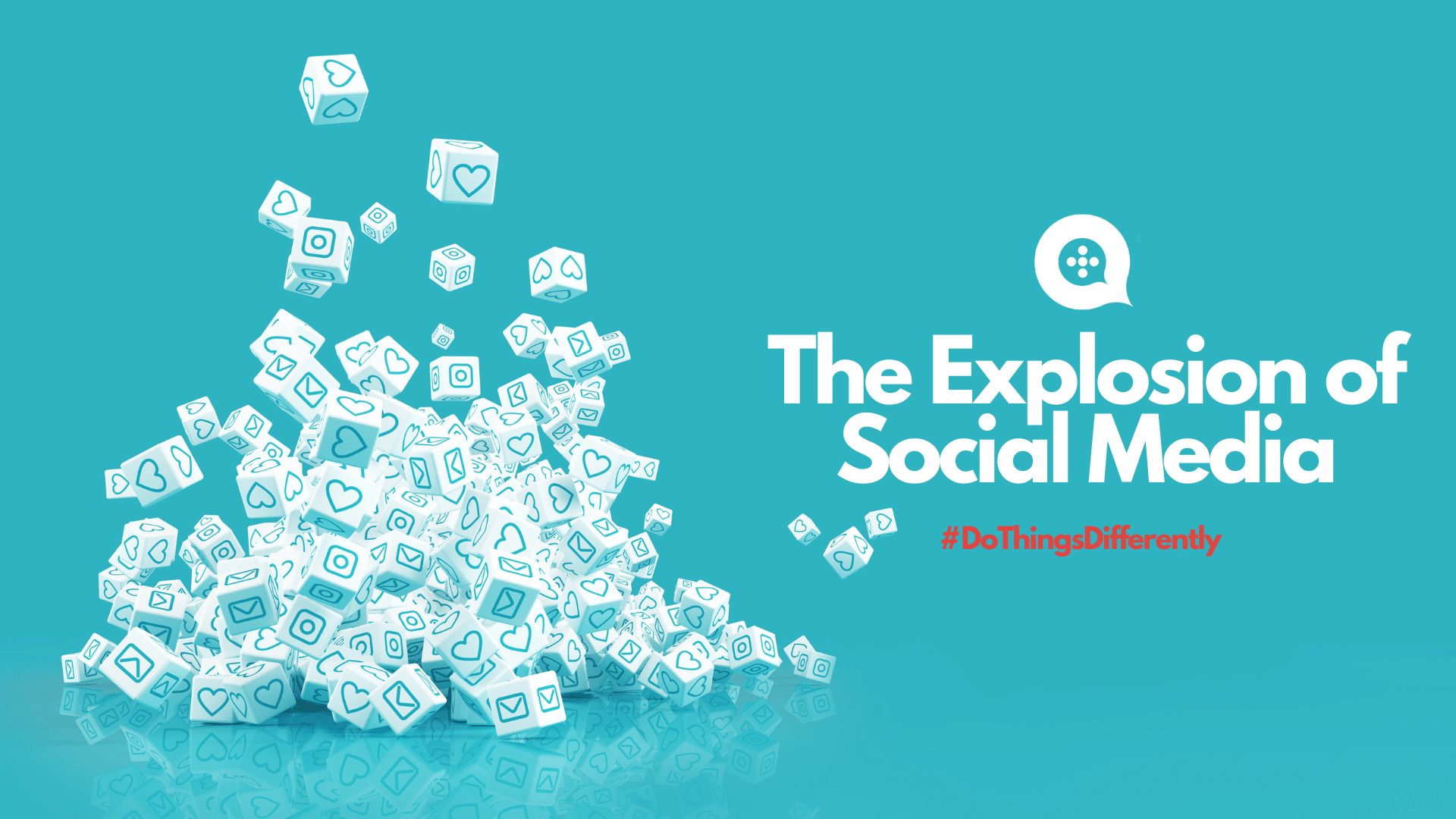How has the pandemic changed the social space?
In recent years, the story of social media has been about cutting down. Spending less time on platforms, being more mindful about social media behaviours, and putting less personal information in the public domain.
Under lockdown however, things have changed quite dramatically. In the beginning of April just under half of consumers said they were spending longer on social media, as reported in coronavirus research.
Levels are beginning to stabilise from the initial spike, but…
“43% still admit logging in for longer because of the outbreak, and 19% today say they’ll carry on spending longer on social media.”
GWI, 2020
Because of this, old assumptions about social media have to be re-examined. Its role in users’ lives has evolved and diversified during the pandemic, and here’s how.
“Today, data shows that using social media to stay up-to-date with news and current events is the top reason for logging in globally, at 36%”
GWI, 2020
What Does Research Show?
Customer research in the U.S. and UK shows that 57% of consumers say social media has helped them feel less lonely during the outbreak. Just under half believe it’s also contributed positively when it comes to stress and anxiety.
Research has also witnessed a reversal in consumer sentiment. Those most concerned about the time they spend on social media have actually derived the most benefit from visiting social channels at this time. Previous digital detoxers are more likely than other internet users to say social media has helped them feel less lonely or anxious during the pandemic.
One reason for this is that people have felt more comfortable being themselves on these channels amid the outbreak.
Research from Hootsuite® reflects this growth as mobile phone users, internet users and active social media users has grown dramatically in 2020 and 2021.
A Study on Social Media Demographics
New Age UK analysis of the English Longitudinal Study of Ageing (ELSA) Covid-19 Substudy provides information about internet use by older people a few months after the start of the pandemic. The figures from this relate to people in England only.
“Internet use is much lower among those aged 75+ than among other groups aged 52+. This can be seen in Chart 1 which shows the average internet use by people aged 52+, in June/July 2020. The majority of 52-64 year olds (88%) and 65-74 year olds (75%) are ‘everyday’ internet users (using it at least once a day or nearly everyday), compared to just under half (46%) of those aged 75+. More than two out of five (42%), of those aged 75+ are non-users (never using it or less than once a month) while the rest (12%) say they use the internet either at least once a week or at least once a month.”
Age UK, 2021

The study asked if people had changed their use of the internet since the coronavirus outbreak and found that among all those aged 52+, around two in five (39%) of people said they have used it more, 57% have used it about the same, and a small proportion (4%) say they have used it less since the outbreak.

What are these demographics doing on social media during the pandemic?
Interestingly finding information on health related issues was one of the reasons that all age brackets used the internet at least monthly.

What Does this Mean for our Online Patients?
Social media has provided patients with a space to talk, be a community and come together to support one another. Social media provides platforms for patients who live with similar diseases to discuss their experiences and patient journeys and to find comfort amongst each-others similarities. It is a space that patients can recommend what has worked well for them and to further suggest the best medicines . This therefore, has helped with this sense of loneliness that people have been experiencing during lockdowns as patients are reminded that they are not alone and that their voice matters.
The older generation have been forced to jump on social media to stay connected and this has mean’t they have also discovered their online voices to give advice and to find medical information. The voices of patients has therefore got bigger, become richer in sentiment and symptoms and this is why you should be listening…
PatientMetRx® has been listening…
Get in touch today and find out what your patients have been saying during the pandemic. People are not the same post pandemic and neither are patients… things have changed. We should be listening to what patients are saying about your medicine brands now more than ever. Our Artificial Intelligence platform is helping Pharmaceutical marketing teams understand the real world experiences of its patients and its products. We use Machine Learning and Natural Language Processing combine to give empowering metrics that mean much more than simple mentions and hashtag counts.
Find out more here and get in touch today!
#DoThingsDifferently
References:
Ageuk, (2021) ‘Digital inclusion and older people – how have things
changed in a Covid-19 world?’ Available at: https://www.ageuk.org.uk/globalassets/age-uk/documents/reports-and-publications/reports-and-briefings/active-communities/digital-inclusion-in-the-pandemic-final-march-2021.pdf [Accessed 20 September 2021]
GWI, (2020) ‘How the outbreak has changed the way we use social media’ Available at: https://blog.gwi.com/chart-of-the-week/social-media-amid-the-outbreak/ [Accessed 20 September 2021]
ManyChat, (2020) ‘Social Media Demographics Breakdown By Platform’ Available at: https://manychat.com/blog/social-media-demographics/ [Accessed 20 September 2021]




